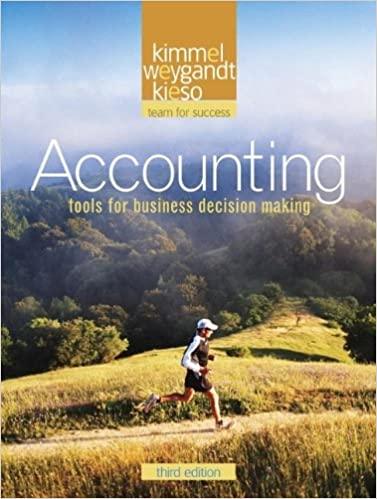Clean Air Anti-Pollution Company is suffering declining sales of its principal product, nonbiodegradable plastic cartons. The president,
Question:
Clean Air Anti-Pollution Company is suffering declining sales of its principal product, nonbiodegradable plastic cartons. The president, Dixon Nuber, instructs his controller, Gavin Wood, to lengthen asset lives to reduce depreciation expense. A processing line of automated plastic extruding equipment, purchased for $3.5 million in January 2011, was originally estimated to have a useful life of 8 years and a salvage value of $400,000. Depreciation has been recorded for 2 years on that basis. Dixon wants the estimated life changed to 12 years total and the straight-line method continued. Gavin is hesitant to make the change, believing it is unethical to increase net income in this manner. Dixon says, “Hey, the life is only an estimate, and I’ve heard that our competition uses a 12-year life on their production equipment.”
Instructions
(a) Who are the stakeholders in this situation?
(b) Is the proposed change in asset life unethical, or is it simply a good business practice by an astute president?
(c) What is the effect of Dixon’s proposed change on income before taxes in the year of change?
A person, group or organization that has interest or concern in an organization. Stakeholders can affect or be affected by the organization's actions, objectives and policies. Some examples of key stakeholders are creditors, directors, employees,... Salvage Value
Salvage value is the estimated book value of an asset after depreciation is complete, based on what a company expects to receive in exchange for the asset at the end of its useful life. As such, an asset’s estimated salvage value is an important...
Step by Step Answer:

Accounting Tools For Business Decision Making
ISBN: 9780470377857
3rd Edition
Authors: Paul D. Kimmel





